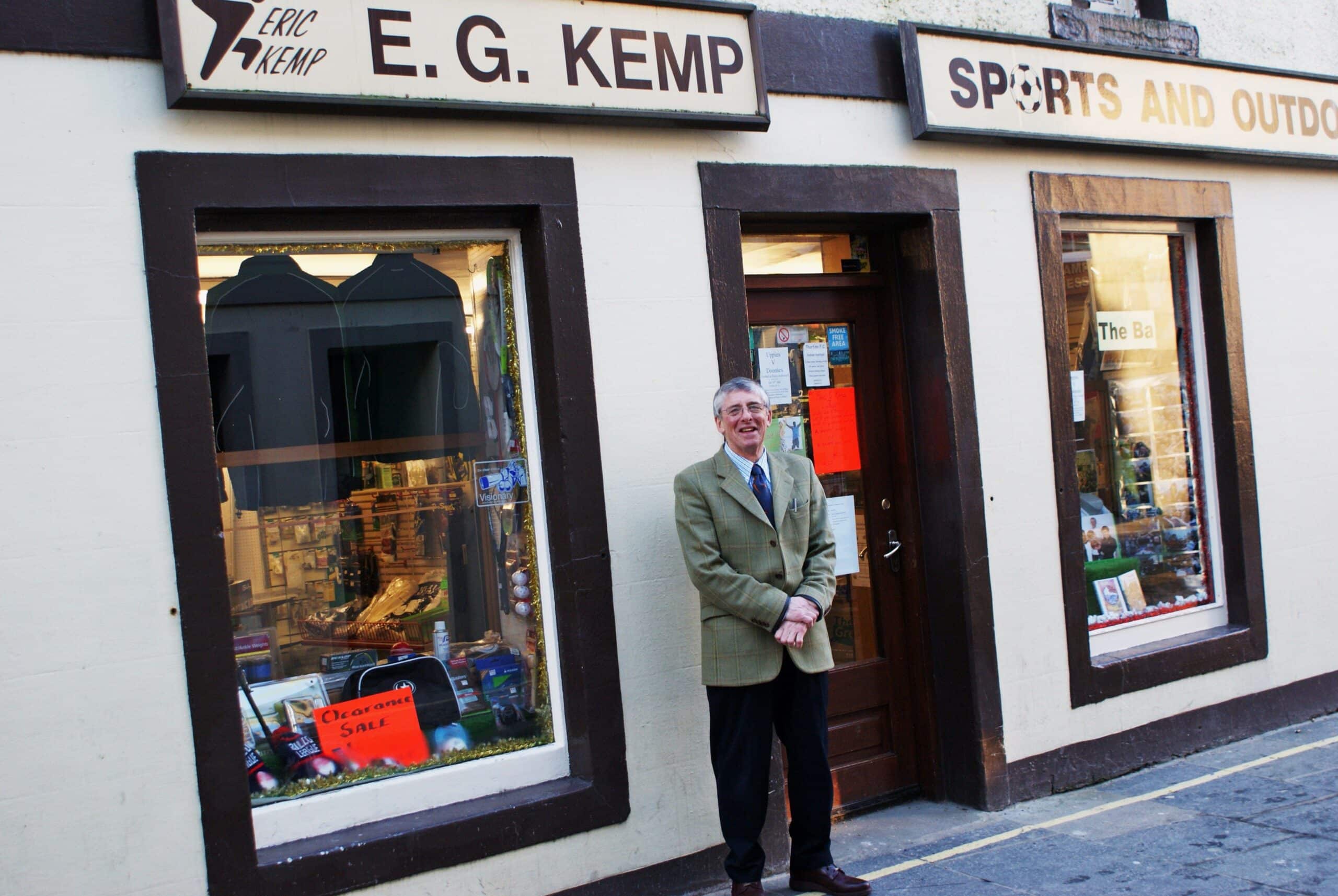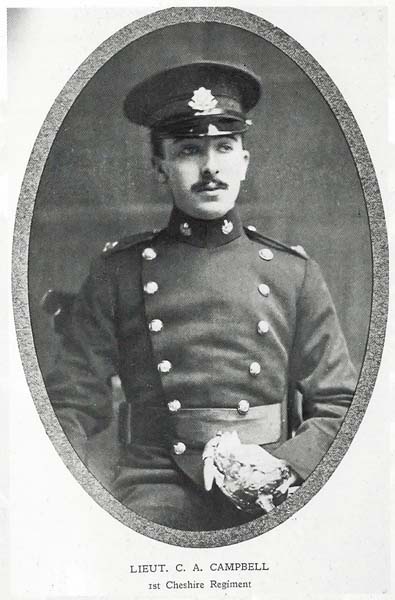 |
| HMS Royal Oak pictured in 1937. Public domain [link]. |
By Mike Smith
On 14 January, a small group of hockey enthusiasts visited Hill Head, Gosport to collect the lifetime’s work of the late hockey and military historian Alan Walker. Alan’s archive is contained in approximately one hundred boxes – a very large collection that will take us years to work through. His material covers many different areas of his life, mainly connected with hockey and the collection contained many dozens of books that are equally eclectic.
The Alan Walker Archive Acquired by The Hockey Museum
However, this piece is not about the enormity of Alan’s collection, it is about my chance encounter with one particular book that I found sitting discarded on top of a box. I picked it up, scanned its subject and thought that could be a good holiday read – I am penning this missive from Thailand.
The book is about the sinking of HMS Royal Oak in Scarpa Flow, a body of water in the Orkney Islands, Scotland, in 1939. I imagine that Alan had this book because of his assiduous interest in all Navy personnel who played hockey, and there would certainly have been some amongst the 833 officers and men who perished on that October night just after the start of WW2.
It was a good read, but I did not expect to find a hockey story and one that even Alan would not have uncovered! The book discusses and records the happenings of that deadly night. On the British side, there was utter disbelief that there could have been a submarine attack in what was considered to be an impregnable naval base. On the German side, the submarine captain, upon his return to base rather over egged his story and once Joseph Goebbels (chief propagandist for the Nazi Party) got hold of it, in modern terms, it went viral. Ships that weren’t even there were sunk! I won’t say much more about the book so as not to spoil your enjoyment of a good read.
My story is actually (if tenuously) a Hockey’s Military Story. It emanates from the British side of the affair. The Royal Navy struggled with the concept of a submarine attack; in some cases this doubt lingered until well after the event. What was missing, so to speak, was a smoking gun. At the time the Navy’s divers could not find evidence of torpedoes. However, decades later in 1978, local scuba divers from Orkney discovered the propeller ends of two German torpedoes on the seabed adjacent to the wreck. I must add here that the wreck of HMS Royal Oak is a war grave and cannot be touched under any circumstances. The answer to the question of why the pieces of torpedo lying on the seabed were not discovered in 1939 is because 1930s diving equipment was heavy and cumbersome and would have disturbed the seabed thereby obscuring any view of the torpedo remains. Scuba divers move around like fish causing far less disturbance.
Now how does this become one of Hockey’s Military Stories? Firstly, I should say that from the outset of this project we have maintained that providing the subject can be proved to have held a hockey stick, then the story can be told!
Well, one of the two Orcadian scuba divers was the proprietor of a sports shop in Kirkwall, by the name of Eric Kemp Sports. Well known to your scribe, this shop owner was a regular customer of my company Mercian Sports and over the years Eric would have handled many hundreds of hockey sticks and indeed other hockey equipment.
Now, Alan would not have known that!
 |
| Eric Kemp in front of Eric Kemp Sports, Kirkwall, Orkney. Credit: Orkney Image Library [link]. |








